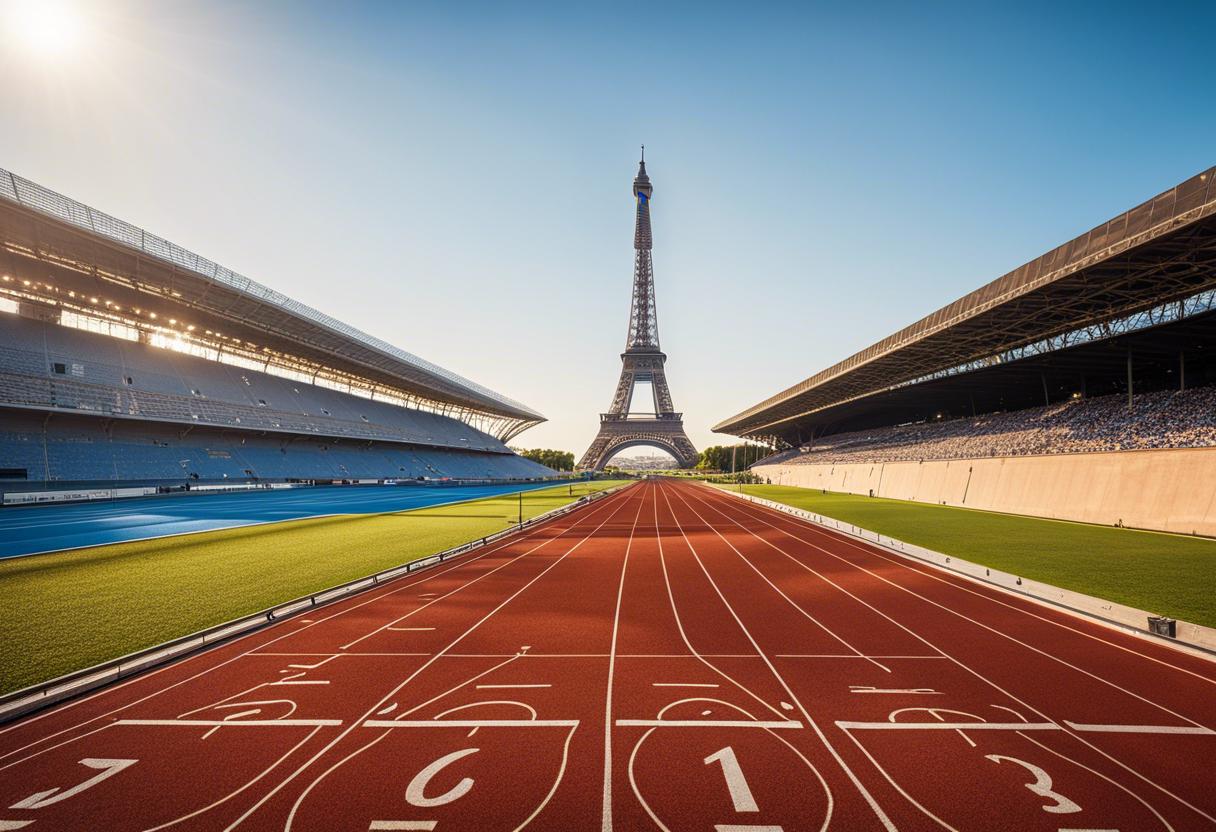Starting with a subtle moistening of the eyes, it gradually transitions to a runny nose. In no time, it feels like an intense downpour, akin to a flood of tears. Before you know it, it’s as if you’re soaked to your core with perspiration, pleading for respite, maybe spouting a few expletives.
It’s been quite a while since this body, once regarded as a temple, pushed itself to such exhausting lengths in such demanding hot and humid conditions. Yet, this endeavor is strictly for investigative purposes, a glimpse into what Irish Olympians might encounter at the Paris Olympics in July. Quite the faithful re-creation — achieved effortlessly with a button press, a switch toggle, and the closing of a compartment door.
It’s a typical Thursday midday at the Sport Ireland Institute located in Abbotstown, celebrating the unveiling of its state-of-the-art training room capable of emulating any environmental condition on Earth. From the searing heat of the dry desert to the chilling heights of towering peaks, all it takes is a simple key-in of your preferred temperature, altitude, and level of humidity.
For the demonstration, the setting is modelled after the mean daily condition in Paris during July, displaying a temperature of 32.5 degrees, 54 per cent relative humidity and the city’s elevation of 161m. Though the chamber can replicate conditions as extreme as 5,000m altitude (similar to the base camp of Everest), a striking 90-per cent humidity, and temperatures varying between -20 to +50 degrees, that’s a trial for another intrepid individual on another day.
The chamber comes equipped with two treadmills and a trio of static bicycles. Once the door is sealed tight, the duration for which an athlete endures inside is purely discretionary. The objective is to steadily adapt to the changing surroundings and get acquainted with the eventual conditions well before setting foot on the Olympic track, field or whatever their competition venue in Paris might be.
After spending the winter in the sporadically frosty Dublin Mountains, I aim to maintain a run for half an hour, gradually increasing my pace to 16km/h on the treadmill. All the while pretending to enjoy a relaxed morning jog down the banks of the Seine, through the windows at the front of the room.
Equipped with my Nike Alphafly 3 trainers, I felt a sense of lawful advantage. In an effort to stay thoroughly hydrated, I started imbibing fluids half a day prior. However, it didn’t make much difference. With the first beads of perspiration forming, a sense of exhaustion crept in and breathlessness followed after fifteen minutes, bringing me to a standstill. That is merely an amateur feat when you compare it to the warm-up of Eliud Kipchoge ahead of his Olympic marathon race in Paris, where he expects to bag a historic third consecutive title. Let’s not forget, these temperatures are average for a July day — it could possibly get hotter.
The climate chamber, albeit costing a whopping €680,000, arguably comes with meaningful long-term benefits. One primary advantage is that athletes at the Sport Ireland Institute can acclimatise to a wide range of conditions that they may have to compete in. Moreover, it has an impressive eco-friendly edge to it — no longer is there a need to journey to far-flung locations to replicate similar conditions, thereby reducing their carbon footprint.
The chamber serves dual purposes — it’s ideal for those training for either the Winter Olympics or any extreme sporting event. The usage of the chamber has already been in full swing, particularly with athletes gearing up for Paris. Paul O’Donovan, last month, brought his ergometer rowing machine into the chamber, and managed a strenuous non-stop hour and a half stint. Subsequently, the room had to be cleared of four buckets of sweat. The connecting room, a climate-controlled haven, mirrors Parisian summertime temperature, offering athletes a faux Seine-side experience for the afternoon or evening.
Zac Ward, an Irish Rugby Sevens athlete aiming for action in Paris, has become a regular at the chamber too. “We’re bracing ourselves for an intense heatwave in Paris,” he notes. “This training is genuinely making a marked impact on our preparations. We’re accustomed to the heat to some degree. But, the high humidity poses a real challenge, as it makes oxygen intake a struggle — a scenario we’re not acclimatised to.”
Certain teams are typically more accustomed to sweltering weather, providing them with an edge, but this evens the playing field and enables us to make a swift start. Previously, we may have required a day to get used to the new environment, but now, with the use of the chamber, we can arrive and commence playing immediately the following day.
My virtual running experience in Paris during the peak of summer led me to reflect on Noel Carroll, the Dublin Marathon’s co-founder, who often expressed that it’s not the length of the race that’s the killer; it’s the speed. In Paris, one must also consider the heat.

